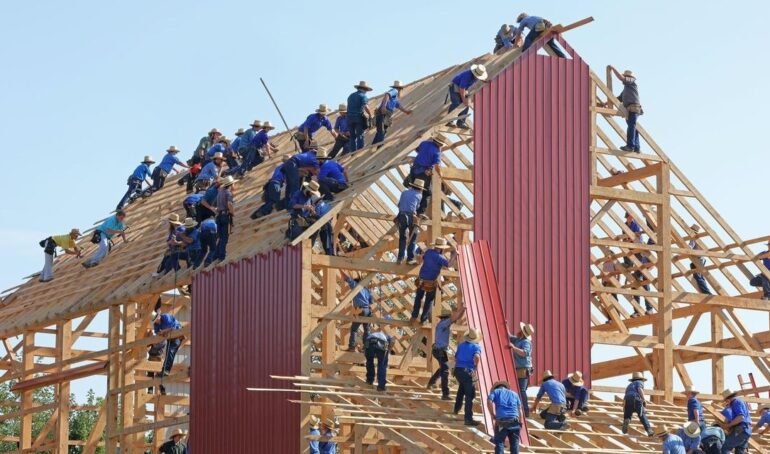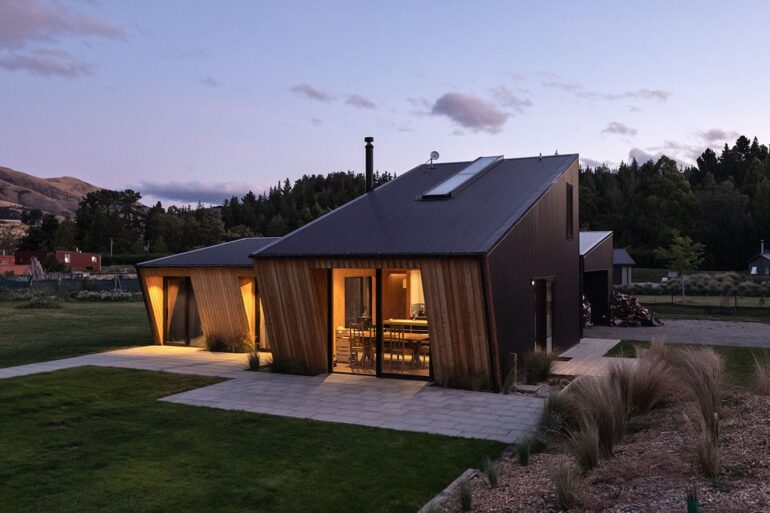Developing private structures isn’t quite as simple as you might suspect. Workers for hire go through broad intending to guarantee no extreme issues can put the design and the inhabitants in danger.
One component they consider is the foundational layout loads in private structures, one of the most basic components during the house plans development cycle are mentioned here by Truoba Architects.
There are no less than six kinds of burdens: dead burden, live burden, chilly climate load, soil load, wind burden, and seismic tremor load. Each worker for hire needs to find out with regards to the distinctive primary burden types to guarantee the structure doesn’t flounder over the long haul. Note that each construction ought to have practically zero issues once involved by occupants to stay away from sad mishaps and wounds.
What are Structural Loads?
Understanding underlying burdens are the initial segment of acquiring more profound information on the development component. A primary burden is speed increase, twisting, or power applied to a particular underlying component. A heap is a kind of power that causes twisting, relocation, or weight on a design.
Setting an excess burden on the construction can make it crack or break, which can make the structural integrity to fail. That is the reason specialists, planners, and the whole development group need to cooperate and make an underlying model that thinks about how much burden it will encounter each day.
Dead Load

The main underlying burden you really want to find out about is dead burden, also called static burden. A dead burden is a fixed region inside a design that doesn’t move for quite a while. Underlying components remembered for a dead burden are rooftops, dividers, support bars, and ground surface materials.
Dead loads can likewise incorporate ardent apparatuses, extremely durable non-primary divisions, or any proper component. During the development cycle, project workers will add live burden to dead load to give the absolute stacking applied on the design. Laborers ascertain each construction’s dead burden by the part’s volume increased by the unit material weight.
Live Load
The subsequent kind is live burden, a structural design term identified with a heap that can move after some time. The heap loads go to areas like individuals wandering around inside a structure. Any structure component not fixed to the design can bring about a live burden since project workers can move it around.
Workers for hire consider the live burden ascertaining the design’s gravity burden, and they measure the heap in pounds per square foot. Remember that project workers can set up least live-load conditions on the normal max load. A project worker can likewise pass on a live burden as a UDL (Uniformly Distributed Load) or a point load.
Wind Load

A wind load is the development of air relating to a design. Research shows a comprehension of streamlined features and meteorology. Most architects and workers for hire don’t stress a lot over the wind heap of little or enormous low-level structures, however it will end up being a colossal thought when they begin working on tall, high-rise structures.
Workers for hire need to contemplate the underlying materials they use during the development cycle of tall structures. A few things you need to think about while picking materials incorporate their shape and weight that can influence wind streams.
Remember that higher regions will generally encounter more grounded wind current. Tall private structures may require roof access entryways drop-in to obstruct the breezes from going into rooftop openings for specialists or property holders to utilize.
Snow Load
Throughout the colder time of year, snow can collect on the top of structures. That is the reason snow load exists to guarantee the construction can hold its uprightness even with a lot of snow on the rooftop. Project workers center on building a stronger and sturdier rooftop establishment.
In any case, they just need to fabricate a sturdier rooftop establishment relying upon the structure’s geology. Buildings don’t need to stress over snow loads assuming they develop their structures in regions that don’t encounter winter.
Tremor Load

Most regions experience more tremors, so the structure should suffer ground development for minutes or hours. That is the place where project workers consider tremor stack and guarantee that their designs can withstand a quake. The greater the underlying mass, the higher the tremor stacking the design needs to abstain from disintegrating or falling over.
Seismic exercises typically keep going for minutes, with post-quake tremors thereafter. The seismic tremor stacking’s greatness will rely upon the structure’s mass or weight, dynamic properties, and differences in firmness of bordering floors, alongside the quake’s length and force.
Extraordinary Load
You can likewise observe different kinds of burdens that seldom happen to most structures. A portion of the exceptional burdens incorporate warm, settlement, flood, or soil load. Warm burden happens when the materials contract or extend during temperature changes, while the settlement load alludes to one region inside the structure that settles more than different locales.
Flood load alludes to the one brought about by flooding around the structure. Likewise, soil load happens when an excess of water makes the dirt dissolve.
Ideally, you ought to have no issues deciding the plan load with the assistance of the six kinds referenced previously. Remember to talk with an expert to guarantee that you use wise judgment for your property.
